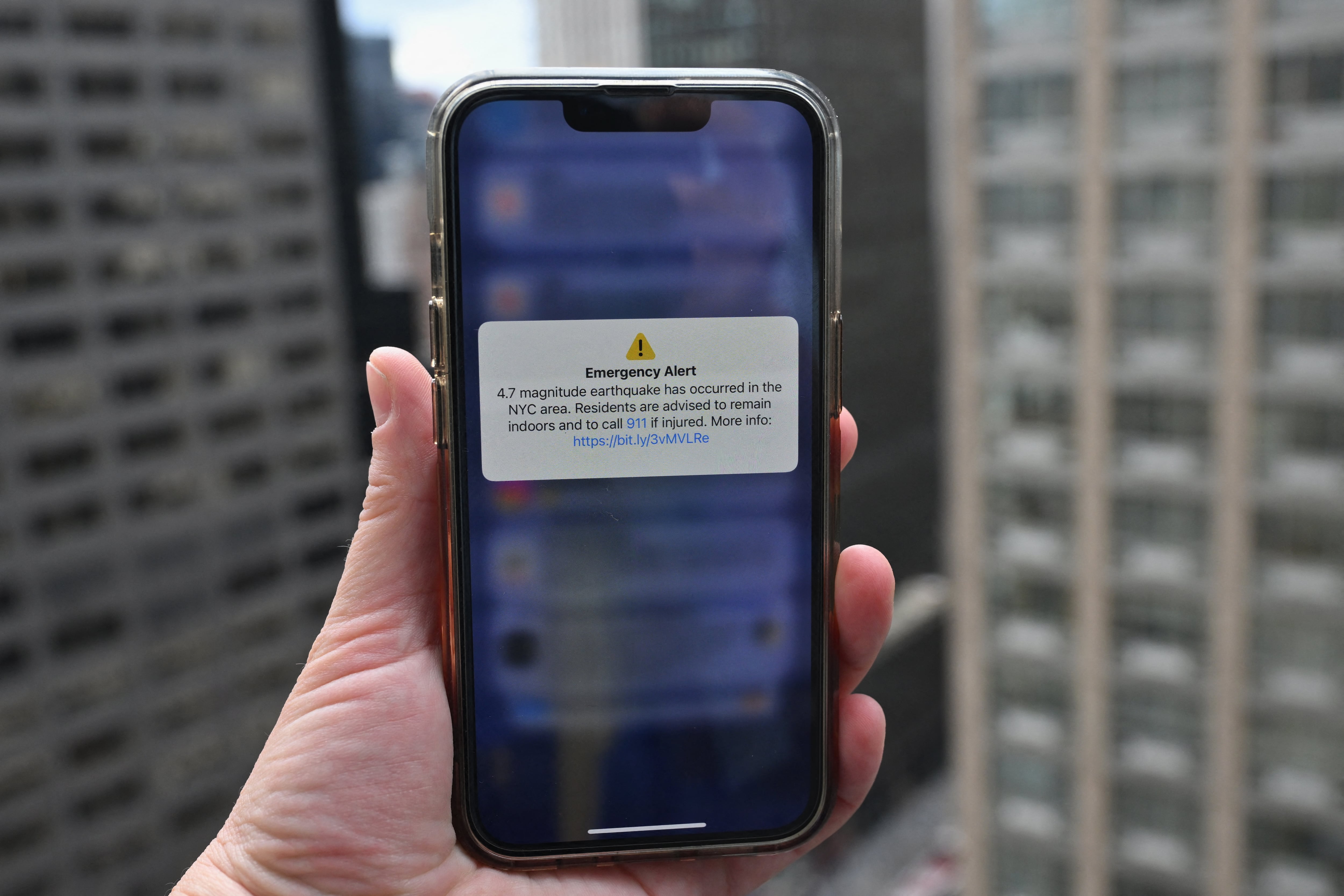The 63rd annual Grammy Awards on Sunday night isn't the first major television event to take place during the coronavirus pandemic, but it may be the most involved.
In addition to being an awards show, Music's Biggest Night is also an elaborate concert featuring dozens of artists, orchestras, choirs, and hundreds of staff and crew.
Making that formula work with social distancing and no live audience will be a challenge, said Branden Chapman, chief operating officer for The Recording Academy — but one that presents creative opportunities to the A-list performers.
"COVID has brought a new perspective on the production," Chapman told Cheddar. "So, we're making it a little bit more intimate. We obviously don't have a live audience that we've had in past years, but with the intimacy has come a new opportunity to bring creativity to the stage. And I think the artists have really stepped up."
This year's show will feature 22 artists, including Grammy stalwarts such as Taylor Swift, Cardi B, and John Mayer and newcomers such as Doja Cat, Megan Thee Stallion, and Haim.
The nominees this year skew younger, Chapman said, with most of them on their first, second, or third album — a change that reflects the growing power of singles.
The academy has also implemented a number of safety measures. Everyone who enters the venue is tested every 48 hours, and as the big night gets closer, those working directly with the talent are getting tested every 24 hours.
The measures have forced the crew to space out rehearsals.
"Normally we're on-camera or rehearsing about three to four days leading up to the show," Chapman said. "This year we're closer to nine because we have to spread things out. We can't have so many cast and crew in place at one time."
In addition, even the musical talent has been paired down significantly.
"We're not going to have some of the orchestras that we've had before. We're not going to have some of the choirs that we've had before."
One upside is that the stage has been redesigned so that artists can watch their fellow performers on stage — another example of the show's more intimate vibe.
Looking ahead, Chapman said the industry was eager to see a return to normal that would allow audiences to start filling venues again, but that some COVID era practices might continue into future shows.
"I think undoubtedly we'll be taking a look at production in a different way pretty much across the industry," he said. "Some of this will definitely stay in place."
In the past, he added, it was taken for granted that everyone would remain healthy, except in a few rare cases where a cold sidelined a rehearsal or caused a shift in schedule. Going forward, producers will be more sensitive to health and safety.
"I think now we'll be looking at things very differently going forward and making sure that we protect ourselves and all the talent all the days leading up to the show to make sure we can deliver exactly what we plan on paper."












